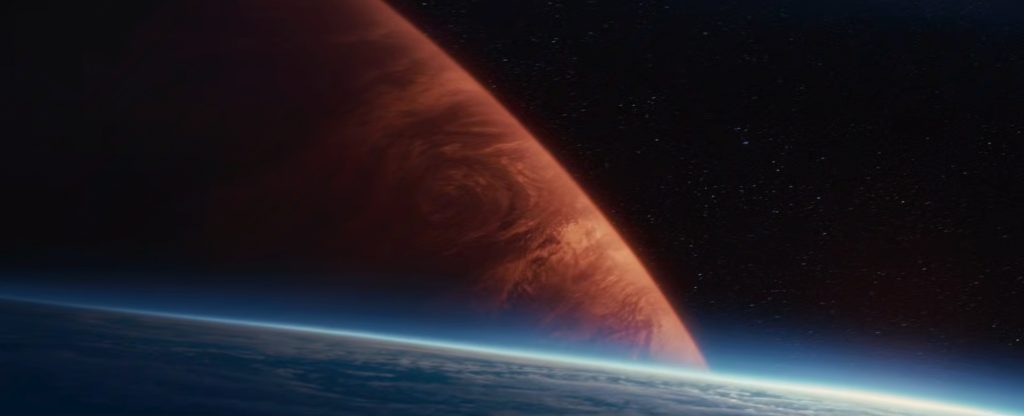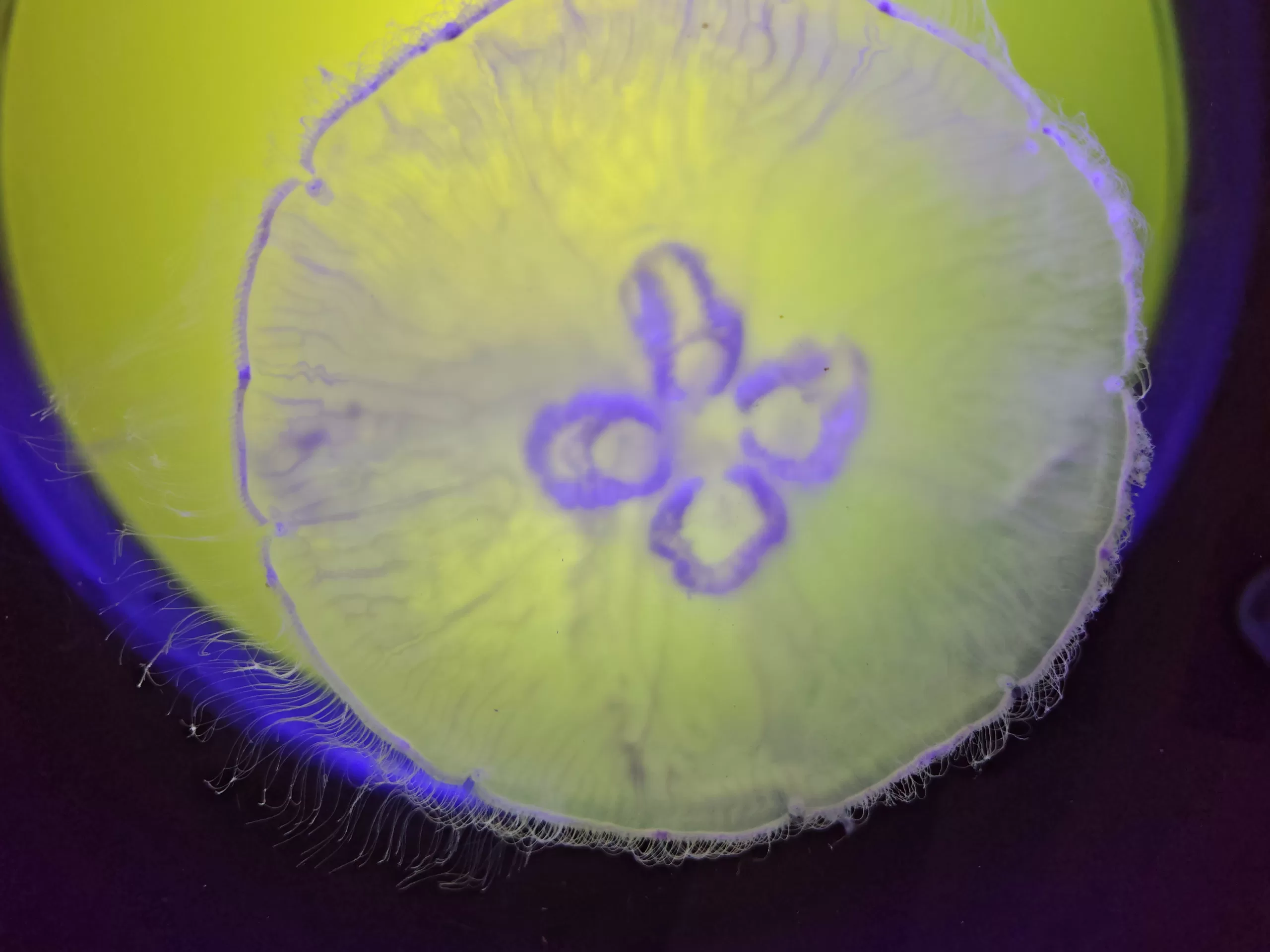|
Getting your Trinity Audio player ready… |
On March 1, 1954, a seemingly ordinary tuna fishing boat, the Daigo Fukuryū Maru (Fifth Lucky Dragon), found itself at the epicentre of an event that would forever change the global perception of nuclear weapons. Far from a simple fishing trip, the vessel and its 23-man crew became accidental victims of the United States’ “Castle Bravo” hydrogen bomb test at Bikini Atoll, sparking international outrage and becoming a poignant symbol of the dangers of the nuclear age.
The Fateful Voyage
The Daigo Fukuryū Maru, a wooden-hulled tuna longliner, had departed from its home port of Yaizu, Shizuoka Prefecture, on January 22, 1954, for a routine fishing expedition in the South Pacific. Its crew, like many Japanese fishermen, relied on the bounty of the ocean for their livelihood. Little did they know that their journey would intersect with a destructive force unlike anything humanity had ever witnessed.
Castle Bravo: The Unforeseen Fallout
The United States was conducting a series of nuclear tests at Bikini Atoll in the Marshall Islands. “Castle Bravo,” detonated on March 1, 1954, was the most powerful hydrogen bomb ever tested by the U.S. and remains one of the largest nuclear detonations in history. Its yield, originally estimated at 6 megatons, turned out to be an astonishing 15 megatons – more than twice the expected power.
The unforeseen high yield, coupled with a shift in wind patterns, caused the radioactive fallout to spread much wider than anticipated. The Daigo Fukuryū Maru, which was operating outside the designated danger zone, was caught directly in the path of this fallout. For several hours, a fine, white powder, later identified as radioactive coral dust and fission products, rained down upon the boat. The crew, initially oblivious to its true nature, even tasted it, remarking on its unusual sweetness.
The Immediate Aftermath and Sickness
Within hours, the crew began to experience severe symptoms. Nausea, vomiting, headaches, and skin lesions appeared. Their hair started falling out, and their eyes became inflamed. The boat’s radio operator, Aikichi Kuboyama, and others described a burning sensation on their skin. They immediately pulled up their fishing lines and began the long, harrowing journey back to Japan.Upon their return to Yaizu on March 14, two weeks after the incident, the true extent of their exposure became horrifyingly clear. The entire crew was suffering from acute radiation sickness. Their boat was highly contaminated, and the tuna they had caught were also radioactive.
The Human Cost and Global Outcry
The most tragic outcome was the death of Aikichi Kuboyama, who succumbed to liver dysfunction and other complications six months later, on September 23, 1954. He was the first victim of a hydrogen bomb and his death became a rallying cry for the anti-nuclear movement. The other 22 crew members, though they survived, suffered long-term health issues and psychological trauma.The incident ignited a firestorm of protest in Japan, a nation that had already experienced the horrors of atomic bombs in Hiroshima and Nagasaki. The public demanded an end to nuclear testing. Globally, the event raised serious concerns about the safety of nuclear weapons testing and the potential for widespread environmental contamination. It fueled the anti-nuclear movement worldwide and put immense pressure on nuclear powers to cease atmospheric testing.
The Legacy and Present Day
The Daigo Fukuryū Maru became a powerful symbol of the indiscriminate nature of nuclear warfare and the unforeseen consequences of nuclear testing. The international outcry directly contributed to the Partial Test Ban Treaty of 1963, which prohibited nuclear weapons tests in the atmosphere, outer space, and under water.Today, the Daigo Fukuryū Maru is preserved and displayed at the Tokyo Metropolitan Daigo Fukuryū Maru Exhibition Hall in Koto Ward, Tokyo.
It serves as a stark and poignant reminder of the dangers of nuclear weapons and a testament to the enduring human cost of their development and use. Visitors can walk around the actual vessel, reflect on its story, and learn about the devastating effects of radiation.The story of the Daigo Fukuryū Maru is not just a historical footnote; it is a vital lesson for humanity, urging us to strive for a world free from the threat of nuclear annihilation.



Leave a Reply